Most of the myths I come across are related to new launch properties. This is mainly due to over-generalisations: there are certain practices common across many developers, but there are also subtle and significant differences. What holds true for one property launch may not be true for another. Here, I’ll seek to provide more specifics and clarity regarding these myths:
Myth 1: You are guaranteed profits if you’re an “early bird”
First, let’s look at the part of this that’s true:
Developers tend to offer the biggest discounts in the earliest launch phases (hence the term “early bird discounts”). This is to create a sense of urgency among buyers, and to report strong volumes during the initial launch.
(No developer wants to report that they sold only a handful of units at launch, as this can give the impression that the property is somehow bad.)
This results in the theory of “guaranteed” profits. If you buy early, you might get a $2 million unit at the lowest price. Future buyers may pay $2.2 million for the same unit type. Hence, buying early can help to secure better resale gains.
However, the part that’s a myth is the “guarantee.” There are cases where developer prices have actually decreased after the initial launch. One of the best known cases was Sky Habitat in Bishan:

According to Square Foot Research, the median price when Sky Habitat launched was $1,583 psf, but the last recorded developer prices were $1,493 psf. This was because the developer relaunched at a lower price, after the initial pricing failed to draw crowds.
As far as possible, developers will try to avoid doing this. But there are circumstances where it can’t be helped, such as when they’re struggling to move the last few units, or if the launch timing coincides with new cooling measures.
So while it is better to buy earlier, it’s best not to think of the prices as being guaranteed. However, this also leads to another myth:
Myth 2: Decreasing prices mean the whole project has gotten cheaper
Just because the overall price per square foot has decreased, that doesn’t necessarily mean the developer discounted your specific unit type or layout. This is where price per square foot can get a bit misleading.
With the exception of penthouses, larger units have a lower price psf, and a higher total price.
For example, a one-bedder that’s 500 sq.ft. may be priced at $3,000 psf, so the total price is $1.5 million. A 1,300 sq. ft. four-bedder in the same project may be priced lower at $2,200 psf, but that still comes to $2.86 million.
Most of the time, the one and two-bedders will sell out first, as these are the most affordable units. When a developer is left with bigger and harder-to-move units, they may then lower the price per square foot to move these.

But that doesn’t necessarily mean that your specific unit was discounted later. E.g. it’s possible the developer lowered price psf for four-bedders, but maintained or raised the price psf for one or two-bedders.
Myth 3: A high percentage of sales means a project is selling out soon
The developer doesn’t always make every unit available, at the time of launch. This is especially true for bigger developments, with 800+ units. With Treasure at Tampines, for instance (the biggest condo in Singapore with over 2,000+ units), the initial launch weekend only saw 490 units made available.
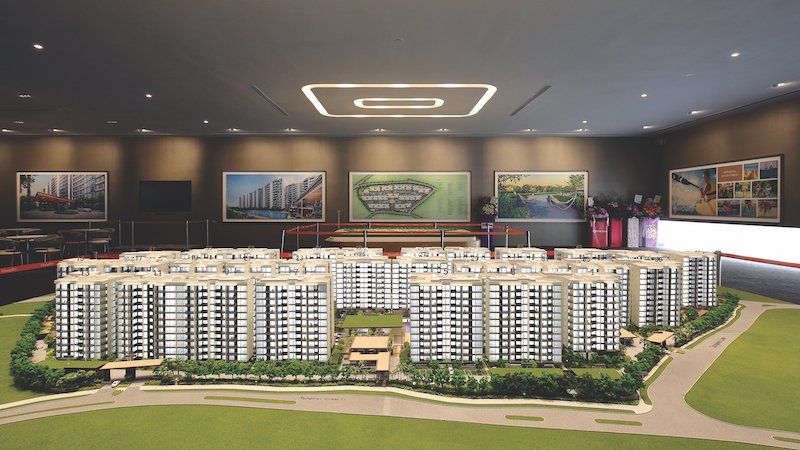
It makes sense for a developer to stagger sales, ideally raising the price as demand and interest go up. This will also make the first batch of buyers happier (see point 1).
However, one misleading tendency is for the media to report a percentage (e.g. 75% of units sold). Keep in mind this percentage may refer only to the number of units available at launch, and not to the total number of units in the project. Don’t let it pressure you into a false sense of urgency.
Myth 4: The latest sales stages are always the worst times to buy
There can be practical reasons for buying later. There are, for instance, buyers who purchase the last few units after the development is already built (after the Temporary Occupancy Permit, or TOP).
Now it’s true that this is usually the most expensive time to buy. However, these latecomers have the benefit of buying an already-built condo, which they can move into right away. They won’t even need to rent when moving house.
Buyers who are interested in own-stay use (e.g. they may not care about making money) may also prefer these late-stage purchases. This is because they can physically inspect the property, rather than rely on the showflat or their imagination.
Remember that showflats are inaccurate in some areas, such as giving a sense of road noise, or the actual view.
There are even some investors who choose to buy after the TOP. One example would be landlords buying one or two-bedder units after completion, because they want to rent out the unit immediately.
So buying late is not always a “wrong” move, it depends on your intentions for the property. But it can eat into your overall returns, so it’s not a decision to make lightly.
Myth 5: If you wait for the ABSD deadline, you can get big discounts
Most recently, condos such as One Draycott and The Atelier have made the news for this. To explain:
When developers first buy the land, they need to put down 40% of the price as ABSD. If the developer can complete and sell every unit within five years, they can claim ABSD remission, for up to 35% of the land price (5% is non-remissible).
In some cases, such as when a development has two or three units left unsold, it doesn’t make sense to lose the whole ABSD over that. As such, the developer may slash prices on the remaining units.
There are, however, some problems with the strategy of waiting for ABSD deadlines.
First, even if there’s a discount, developers may only sell the remaining units as a collective sale. So if there are four units left, for example, the developer may discount them only if you’re ready to buy all four.

(For the developer, there’s no point discounting and selling just one or two of the remaining units, and end up paying the ABSD anyway)
This means it’s usually more affluent buyers – who can afford to purchase multiple remaining units – that benefit from ABSD-related discounts.
The other problem is that the last few units tend to be the priciest; such as the penthouse units, or deluxe four or five-bedders. Even if there’s a last-minute, 15% discount on a $5 million penthouse, would the $4.25 million price be affordable to you?
Your available budget is the determining factor here. More affluent buyers have a greater likelihood of benefitting from ABSD deadlines; but the average home buyer is unlikely to see much benefit.
Myth 6: A new launch nearby is bad for surrounding resale condos
Some buyers rethink their purchase of a resale condo, just because they hear a new launch is coming up nearby. To be sure, there are some legitimate concerns here.
Landlords may worry that a newer condo nearby will be more attractive, and poach tenants from them. Home buyers may worry that another condo nearby brings more traffic, or will block their view.
These are possibilities, so I can’t fully dismiss them as a myth. However, what’s often overlooked is that new condos can also positively benefit older ones nearby.
One recent example of this is Sceneca Residence, at Tanah Merah. The Tanah Merah area has a dense cluster of condos, such as Optima, The Tanamera, Casa Merah, and others. However, a common complaint here is the lack of amenities such as supermarkets, eating places, etc. Usually, residents need to take the train elsewhere for these.
Sceneca Residence, however, is bringing a commercial component; this is also known to include a supermarket, as well as some other F&B shops. While these are attached to Sceneca, the simple fact is that all the surrounding condos will benefit as well, as the commercial amenities are open to the public.
There’s also the argument that new launches raise overall prices in an area, thus raising the values of nearby resale condos.
There’s never been a conclusive study to verify this, or to quantify the exact impact. It’s likely impossible to do so, as condo prices move for so many reasons we can’t isolate any single factor.
(I.e. it’s impossible to tell if prices rose due to the new launches nearby, a boom market, improvements to the neighbourhoods, simple inflation, etc. Sometimes it’s caused by several of these factors, at the same time).
Here’s what I can tell you for sure: new launches are always priced higher than surrounding resale condos. So if several new launches spring up in an area, the median price psf for the area will go up; and seeing this data can help back rising prices for existing resale condos.

So overall, I wouldn’t completely exclude buying a resale condo just because of new launches nearby. I would try to make sure the new launch isn’t too near though, as I wouldn’t want anything blocking the view.
Myth 7: Customised fittings and appliances are a luxurious addition
Some new launches come with high-end appliances, and the interior décor is even designed around these. For example, there may be custom cabinets to conceal fridges, or carpentry that houses the washing machine / dryer in a special kitchen slot.
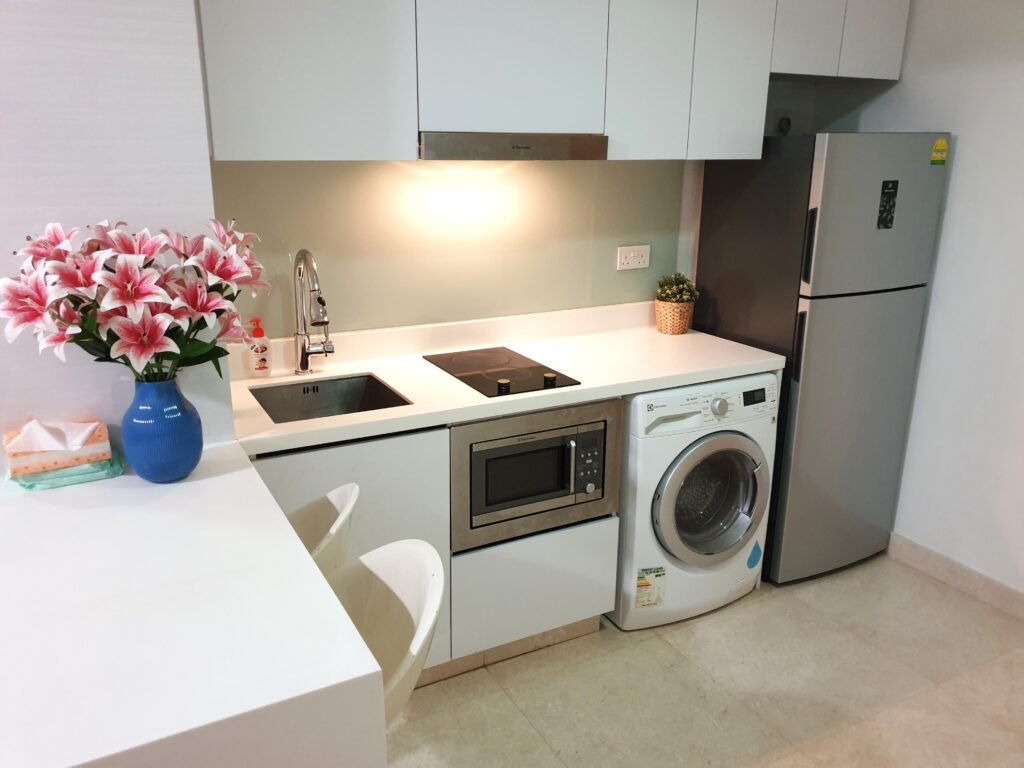
(You tend to see this when a developer collaborates with a certain brand, such as a high-end appliance brand).
This can look very pretty. But ask a veteran property buyer, and many will tell you they’d rather not have that.
Home appliances come in different forms and sizes, and tend to change over the years. If you end up replacing a big appliance, like the fridge or washer, you may find the new appliance no longer fits the custom-designed carpentry; then you’ll need someone to come and hack it away (or else put the appliance in a weird position).
Some interior designers / contractors also dislike this sort of custom fittings. They may not go well with your desired theme, and it just means extra time and cost to take it down or redo it.
Also, there may be no clear price breakdown on these. You may not know how much these appliances / fittings are adding to the cost (but some developers may tell you if you ask).
So while developers continue to pitch these design features as upscale or trendy, be aware they’re not always practical.
To review a new launch project, and see whether it’s an ideal fit for you, do reach out to me. I can help you with a walkthrough to see if it fits your lifestyle, or your portfolio.




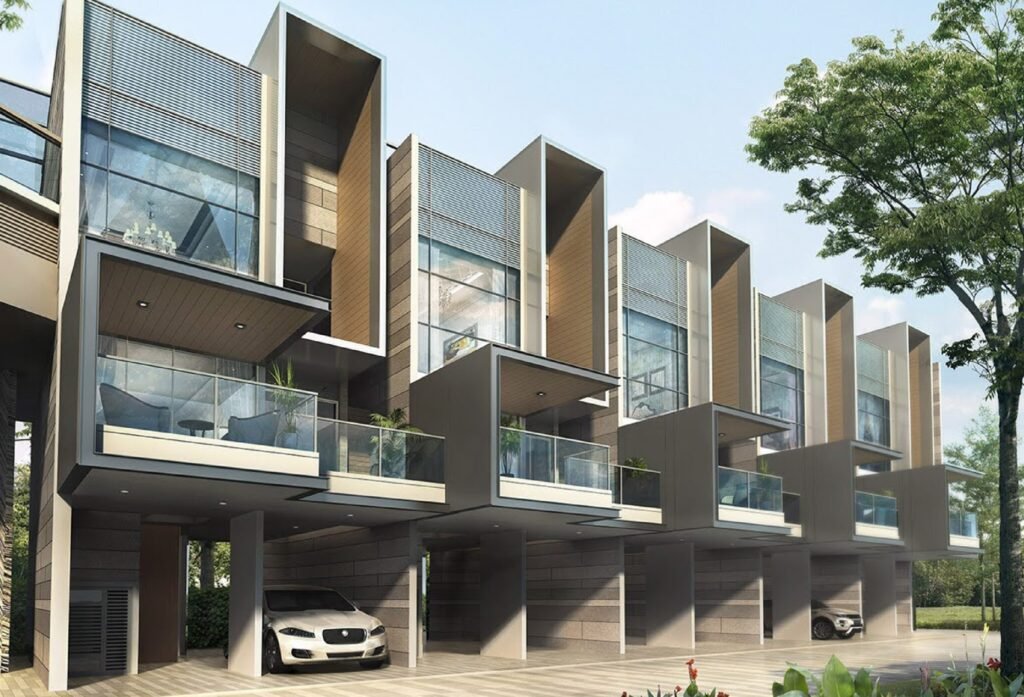
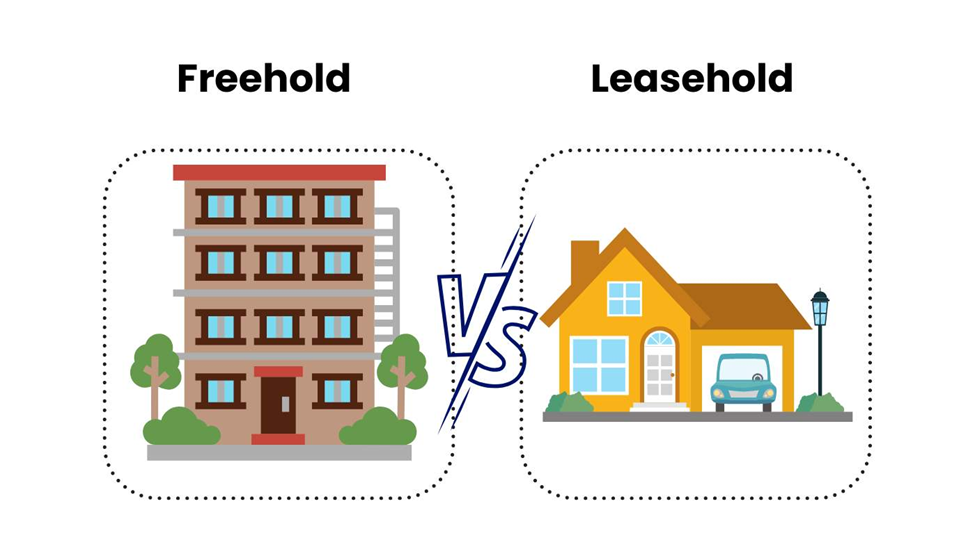


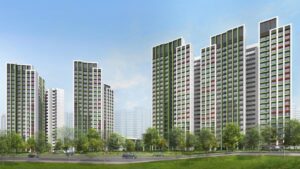
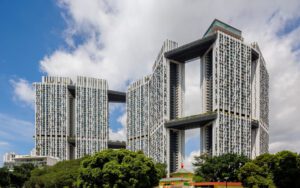
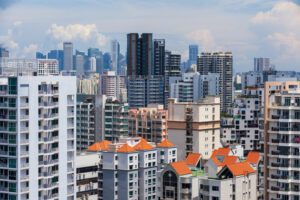
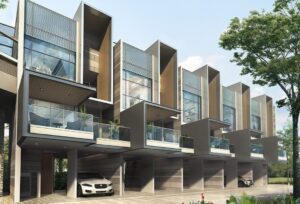
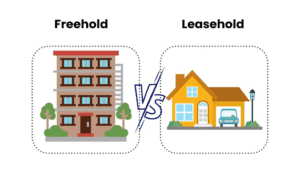


I wanted to express how amazing your post is. I could tell you are an authority on this subject because of how obvious it is. If everything is up to you, I would want to follow your feed so I can be informed when you publish new content. Many thanks, and keep up the fantastic work.
Thank you! We appreciate your positive feedback. We are happy that you find our insights helpful. Please subscribe to our newsletter so that you will receive our future content.